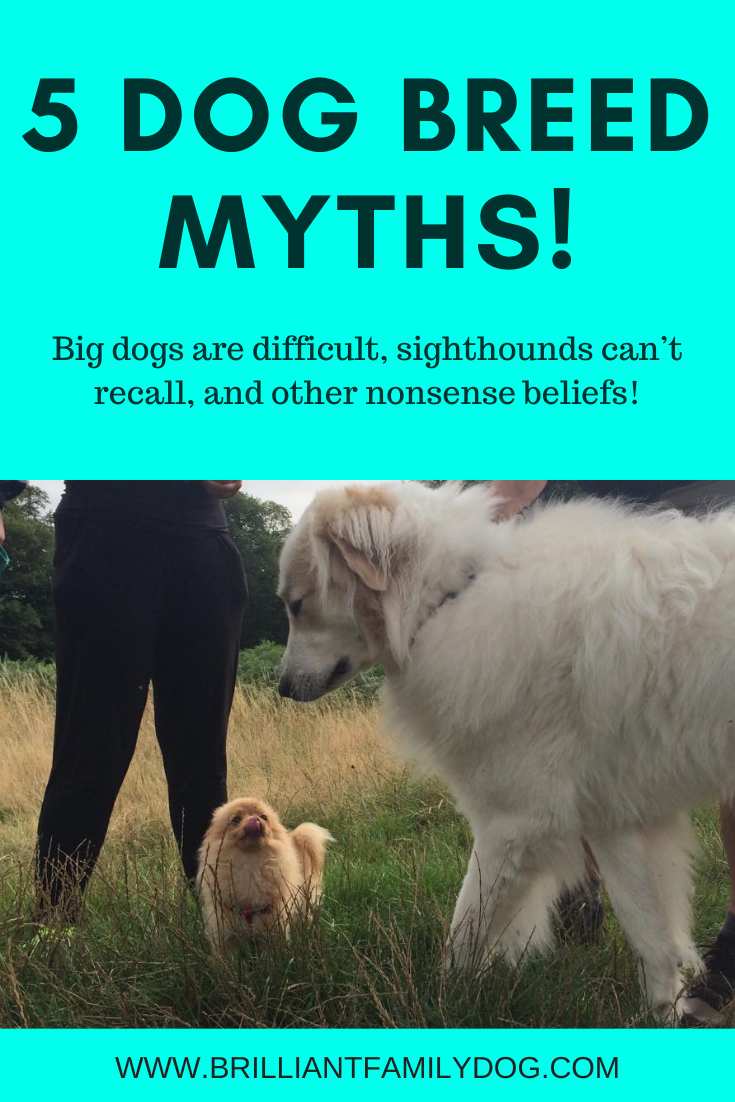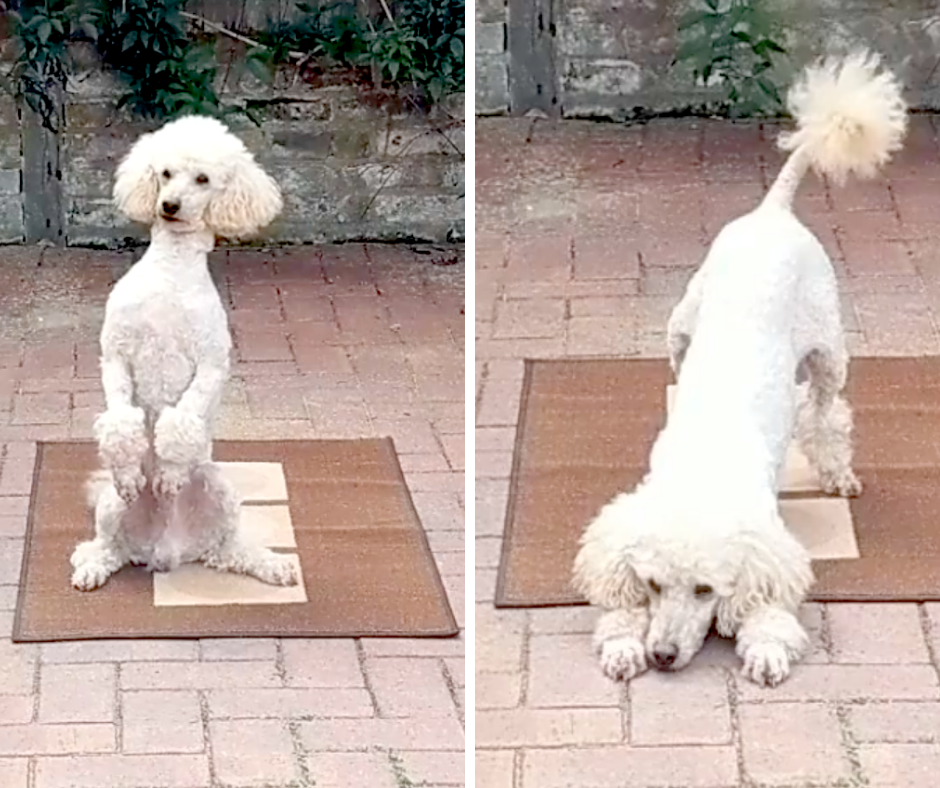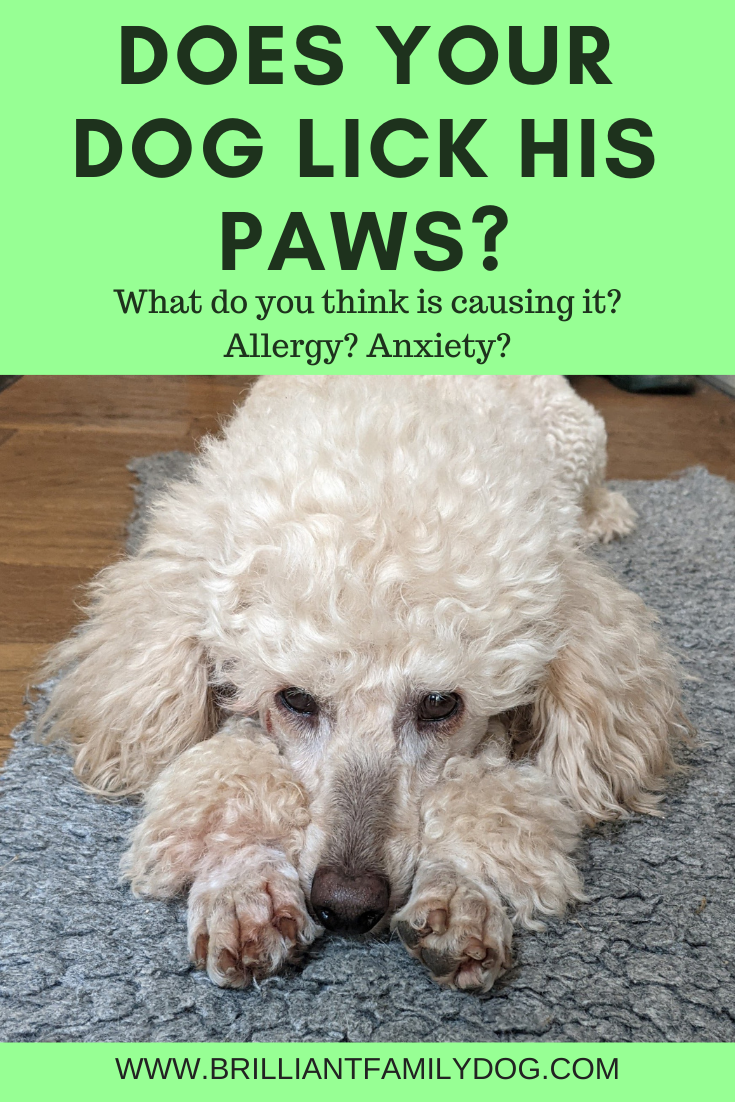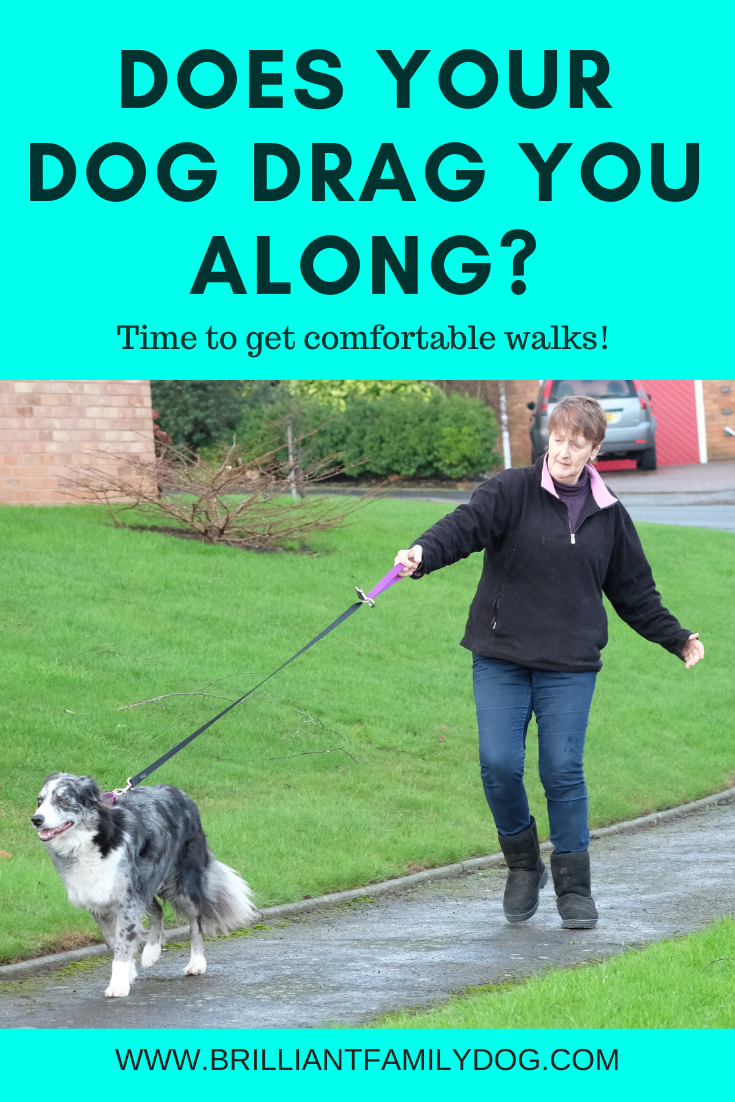For a dog walk to be a resounding success, it has to be enjoyable for you and your dog!
It also has to be safe, of course, and it needs to serve a purpose.
For you this may be to relax after a long day’s work; to get that body moving after being chained to your computer or the stove all day; to free your mind of all the “have-to’s” and go somewhere you can’t do any of them!
And for you dog, it could be any number of things, depending on your dog’s age, fitness, and personality.
What's your dog's favourite walk?
Is it
🐶 Sniffy?
🐶 Hurtling?
🐶 Hunting?
🐶 Chasing?
🐶 Playing with you?
🐶 Playing with other dogs?
🐶 Slow and steady?
Whichever it is, you need to be ensuring your dog finds his walks satisfying too!
While you admire the scenery and the sunset, your dog can be sniffing and exploring.
While you stride out over moor and mountain, your dog can be racing around with glorious freedom.
And while you chat with a friend, your dogs can be enjoying a runaround together.
Or maybe both you and your dog prefer solitude, and are happy to walk for miles without meeting a soul.
Group Dog Walks
If you can find a well-organised group walk, where the organiser knows what they’re doing and can manage the situation safely, that can be a joy for puppies and sociable dogs.
But be wary! A lot of damage can be done if the organiser has little knowledge or authority. Ask to go on a walk without your dog first time round, so you are able to assess how suitable it will be for your dog.
Town Dog Walks
Town dog walks can be entertaining too - possibly including a pleasant coffee-stop at a cafe! - as long as your dog can handle the sights and sounds of busy streets and pavements without freaking out through fear or over-excitement.
If your dog is not 100% keen on this type of thing, you can save up your walks and go a couple of times a week to a calmer open space.
Dogs don’t have to be walked every day!
This is a misunderstanding prevalent amongst new dog-owners.
It’s important to remember the purpose of the walk - it can be for socialisation and training, or for exercise and R & R.
The ASPCA puts it like this:
Freedom to Express Normal Behavior: by providing sufficient space, proper facilities and company of the animal’s own kind
And it’s enshrined in UK law that animals should have the opportunity to express themselves as is appropriate for their species. That means free running for dogs!
HINT: a reactive dog does NOT need to run the gauntlet of everything he fears every time he puts his nose out of the door. This dog would be a candidate for fewer but better-chosen walks. Perhaps a trip out of town to a quiet footpath, or even renting space in a field.
Keeping your dog’s preferences in mind, along with your own, will lead you to finding a happy medium between the right amount of exercise and the right amount of stimulation.
So what’s your favourite dog walk?
Do comment below and tell us where your favourite dog walks are, and whether you are fortunate enough to be able to access them easily and often - or whether they are special occasions you plan and look forward to!
And if you’re struggling with handling your dog on the lead at all, check out our free Workshop on getting your Dog to LISTEN! And for our lovely sensitive souls - our free Masterclass for Growly Dogs.





















